The apps on your phone have completely changed the way you live, work, and connect with others. From ordering groceries to managing finances, there’s an app for nearly everything. With millions of apps available and a market worth billions, it’s clear they are a huge part of our lives. But what makes an app truly successful? It all starts with a great idea, shaped by a smart and strategic ideation process.
This process is your foundation. It’s what turns a simple thought into a powerful tool that can solve problems, grow a business, or even change society. Ready to see how it’s done? Let’s dive into the journey from a spark of an idea to a real-world impact.
From Idea to App: Why People Build Apps Today
The reasons for creating an app are as diverse as the apps themselves. Going from idea to app is an exciting journey, and it all starts with a “why.” It’s about more than just technology; it’s about meeting a need, creating something new, and making a difference.
Solving Real Problems
The most successful apps start by addressing a genuine pain point. Think about the little frustrations in daily life or gaps in the market. An app can offer a simple solution, making tasks more efficient or experiences more enjoyable. Whether it’s an app that helps you find the nearest parking spot or one that simplifies meal planning, solving a problem is a powerful motivator.
Business Transformation
For businesses, apps are a fantastic way to connect with customers. They create a direct channel for engagement, allowing companies to offer personalized experiences and build lasting loyalty. Apps can also open up new revenue streams, whether through in-app purchases, subscriptions, or advertising. In a competitive market, a well-designed app can give a business the edge it needs to thrive.
Social Impact
Apps have the power to do good on a global scale. They can democratize access to essential services like education and healthcare, especially in underserved communities. Apps build communities around shared interests and causes, connecting people from all walks of life. From promoting sustainability to supporting mental wellness, apps are becoming tools for positive social change.
Personal and Professional Goals
Building an app can be a deeply personal journey. For many, it’s the start of an entrepreneurial adventure, turning a passion project into a startup. For others, it’s a way to build new skills and advance their careers in the tech industry. Apps can even become a source of passive income, providing financial freedom and flexibility.
The App Ideation Process: From Concept to Blueprint
A great idea needs a solid plan to become a reality.

The ideation process is a structured journey that helps you refine your concept and set it up for success.
Phase 1: Problem Identification
Every great app starts with a problem. Begin by looking for challenges people face every day. You can conduct user research through surveys, interviews, and observation to discover their pain points. Analyze the market to find gaps that existing solutions don’t fill. The goal is to validate that the problem you want to solve is real and that people are actively looking for a better way to handle it.
Phase 2: Concept Development
Once you’ve identified a problem, it’s time to brainstorm solutions. Use techniques like mind mapping or “How Might We” statements to generate a wide range of ideas. From there, start prioritizing features. What is absolutely essential for your app to solve the core problem? Define your unique value proposition, what makes your app different from and better than anything else out there?
Phase 3: Market Research
With a concept in hand, it’s time to do your homework. Analyze your competitors to understand their strengths and weaknesses. What can you learn from their successes and failures? Create detailed profiles of your target audience to understand their needs, behaviors, and motivations. Keep an eye on market trends to ensure your app is relevant and has long-term potential.
Phase 4: Feasibility & Planning
This is where your idea gets real. Evaluate the technical requirements. What technology stack will you need? Are there any major technical hurdles? Next, estimate your budget and create a realistic timeline. A key part of this phase is scoping your Minimum Viable Product (MVP). An MVP is the most basic version of your app that still solves the core problem for your users. It allows you to launch quickly, gather feedback, and iterate without overspending.
How Apps Are Changing the World
Apps are more than just software; they are powerful engines of change, reshaping economies, societies, and even our planet.
Economic Impact
The app economy has created millions of jobs, from developers and designers to marketers and support staff. It has also enabled new business models, like the subscription services and on-demand platforms we use daily. For small businesses, apps provide access to global markets that were once out of reach, leveling the playing field and fostering entrepreneurship.
Social Transformation
Apps are making a profound social impact. Educational apps bring learning to anyone with a smartphone, while telemedicine apps are revolutionizing healthcare by making it more accessible. In finance, fintech and mobile banking apps are promoting financial inclusion, giving more people control over their money.
Environmental Change
Creators are also using apps to address environmental challenges. You can find apps that help you track your carbon footprint, manage your home’s energy use more efficiently, or participate in the circular economy by buying, selling, or swapping used goods. These tools empower individuals to make more sustainable choices.
Cultural Shifts
Our culture is also evolving with app technology. Remote work has become mainstream thanks to collaboration and communication apps. The way we connect with friends and family has been redefined by social media and messaging platforms. Apps have also democratized content creation, giving everyone a voice and a platform to share their stories.
Get Started: Your App Ideation Roadmap
Feeling inspired to start your own app journey? Here’s how you can take the first steps.
Key Takeaways
- Start with user needs, not technology. The best apps solve real problems for real people.
- Validate before you build. Make sure there’s a genuine need for your idea before you invest time and money.
- Work with pros or build it yourself. You can team up with experienced developers to bring your vision to life, or even use an app builder to create a quality product without any code.
Action Steps
Ready to get started? Try these simple exercises to kick off your ideation process. Grab a notebook and jot down your thoughts.
Problem Brainstorm: List five everyday problems you or people you know face. Could an app solve any of them?
Passion Project: What are you passionate about? Brainstorm three app ideas related to your hobbies or interests.
“What If” Scenarios: Think about an existing app you use. What if it had a new feature? What if it was designed for a different audience?
If your idea starts to feel like it has real potential, it might be time to seek professional help. An experienced development partner can help you navigate the entire process, from refining your idea to launching a successful app.
Last
Apps are powerful tools that solve real-world problems and create meaningful change. The journey from a simple idea to a high-impact app all begins with a thoughtful and strategic ideation phase. This is your chance to lay the groundwork for success and ensure you’re building something with purpose. The future belongs to those who see a need and create a solution.
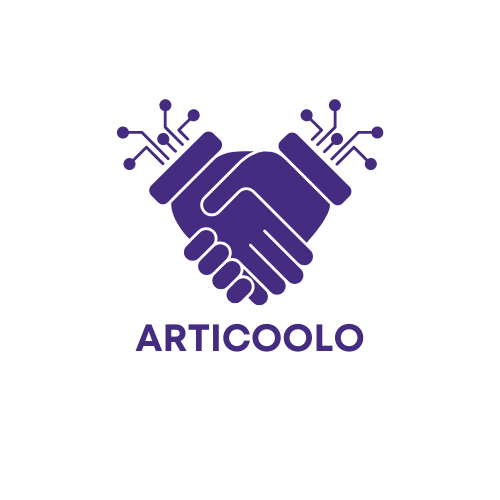

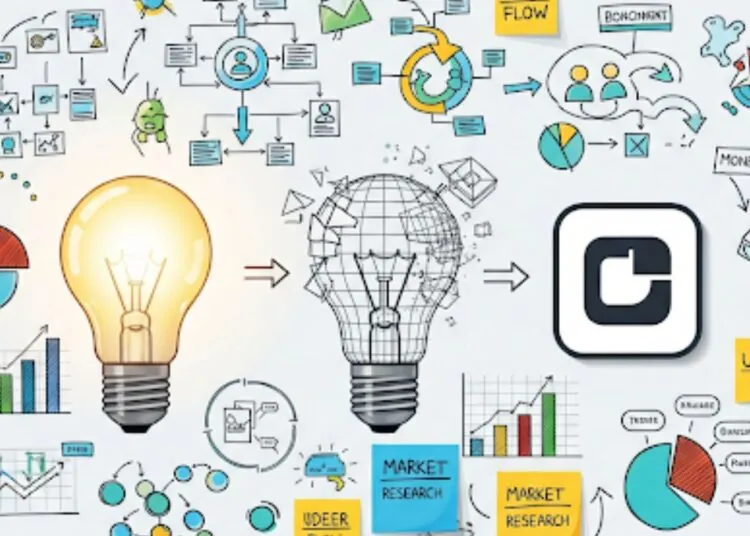
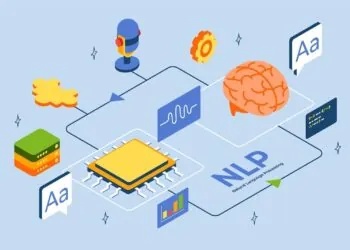
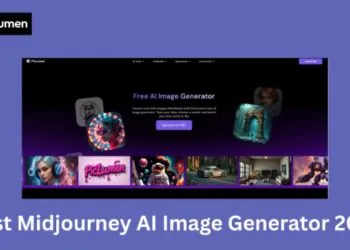
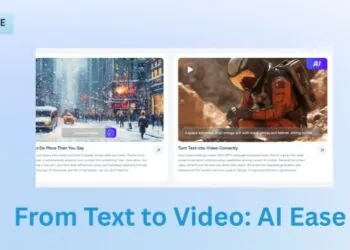








Discussion about this post